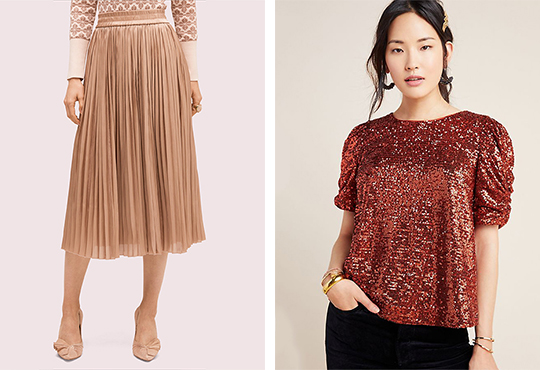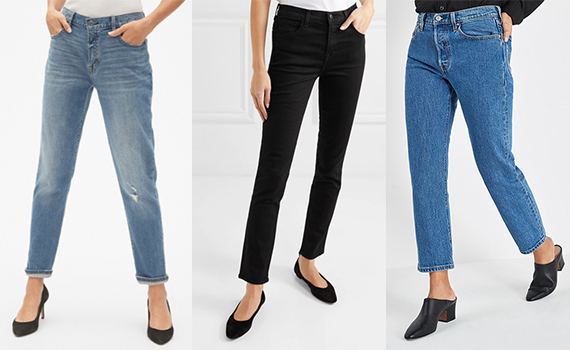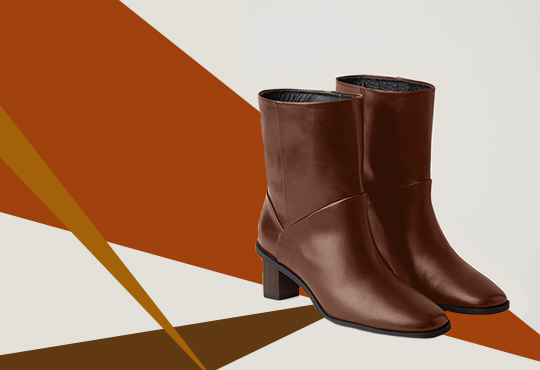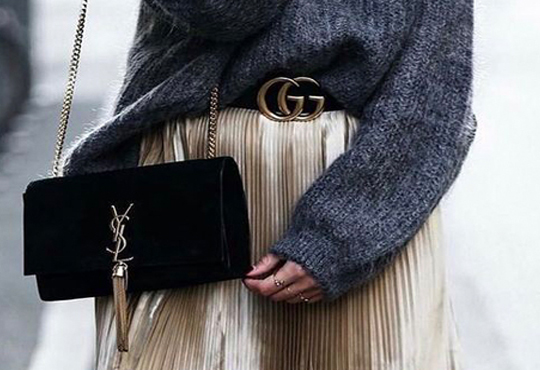

In a world consumed by materialism and social-media fuelled purchases, we are a proud nation of shopaholics.
From the high street to charity shops and the luxury high end market, billions of pounds are spent every year in our favourite stores. And yet, I’m sure that many of us still protest – I have nothing to wear!
In recent years there has been much talk surrounding the benefits of a capsule wardrobe. A term first coined by Susie Faux – a London boutique owner – in the 1970s, it has been reinterpreted many times over in the last four decades. Essentially though, it is a collection of 30 (although this number can vary) versatile pieces which form the backbone of your wardrobe, meaning you only add a few seasonal items each year. Not only is it a great solution for decluttering but it’s a sure fire way to spending less, feeling more mindful about your wardrobe and banishing the recurring problem of standing in front of your wardrobe each morning proclaiming that none of your clothes suit/fit/flatter you.
While this isn’t something I could personally implement, I do think it raises the important question of quality when it comes to fashion. With fewer items in your wardrobe and a huge reduction in those frequent shopping habits, does this inevitably lead you to spend more on each item to ensure you achieve quality over quantity – especially when you are being so selective about the pieces you are adding?
As well as a nation of shoppers however, we are also a nation of fast fashion. With so many high street stores offering irresistible deals and easy shipping on our favourite items, it’s led many of us to forget the integrity behind what we buy in favour of inexpensive and seasonal pieces.
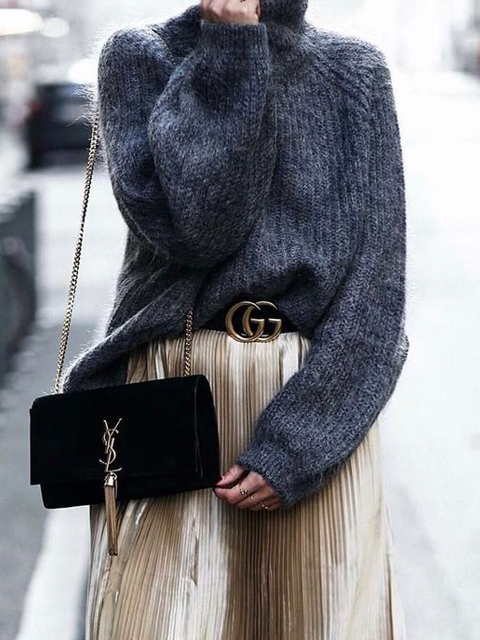
While for others it’s worth spending a little more on ethically made clothing to guarantee quality and longevity, what about those who can’t afford this luxury? And even if we could afford to shop in the higher end stores, would we be persuaded to substitute the trend-led pieces for them?
Of course – style, age and income are the three big factors which affect our spending habits and which inevitably guide us into our preferred stores. There is then, undoubtedly, a thriving market for both – for the affordable high street and the luxury high end market. So whether you dabble in both, are a high-street gal through and through or even frequent the thrift shops, remember that it’s how you style it and wear it that really sets you apart – not the price tag.

